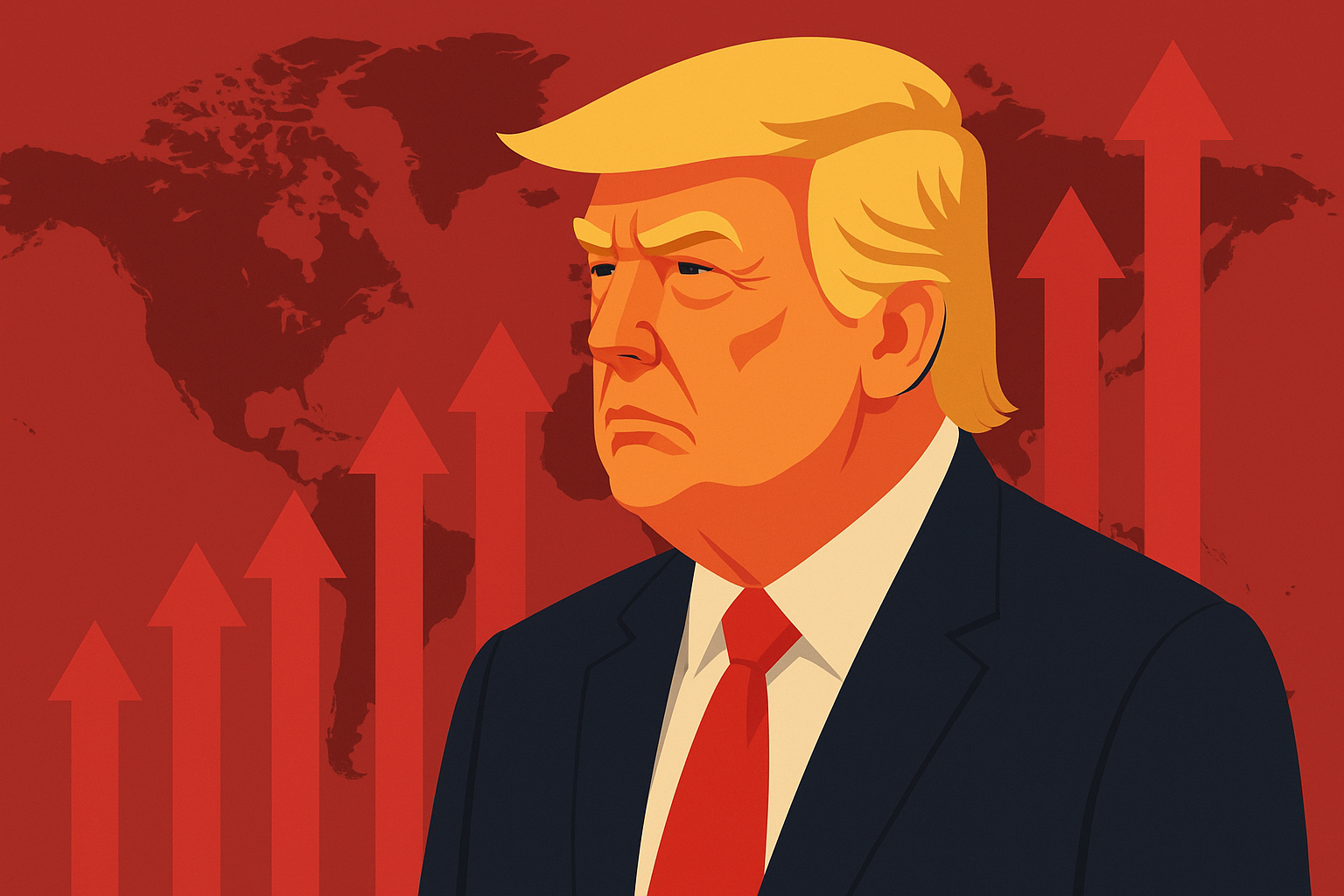President Donald Trump has announced a sharp escalation in his trade strategy, unveiling a 50% tariff on imported copper and previewing plans to impose a steep tariff on pharmaceutical imports, potentially as high as 200%.
Copper, an essential material used in electrical wiring and household appliances, will be the latest commodity to face elevated trade duties under Trump’s increasingly protectionist agenda. Speaking during a Cabinet meeting on July 8, Trump confirmed his intent to formalize the copper tariff later the same day but did not specify when it would take effect.
Commerce Secretary Howard Lutnick later clarified in an interview with CNBC that the new copper tariff is expected to take effect by July 31 or August 1, aligning with the broader rollout of reciprocal tariffs. The administration has already notified 14 countries of pending 25%+ tariff hikes through official letters and plans to issue up to 100 letters by August 1 to nations that have not yet negotiated new terms with the U.S. These changes build upon a 10% baseline tariff introduced in April.
Trump also revealed that pharmaceutical imports will be targeted next, with a proposed 200% tariff, though its implementation will be delayed for at least one year to allow drug manufacturers time to adapt. The administration is conducting ongoing studies into both the semiconductor and pharmaceutical sectors, with results expected later this month.
The latest move underscores Trump’s aggressive efforts to reshape global trade relationships and reduce America’s reliance on foreign suppliers, particularly in critical sectors such as technology and healthcare.
Key Points:
- Copper tariff set at 50%, to begin by end of July/early August.
- Pharmaceutical tariff expected at 200%, with a 1-year grace period.
- Up to 100 countries expected to receive tariff notices by August 1.
- Studies on semiconductors and pharmaceuticals ongoing, due late July.
The administration says the tariffs are part of a strategy to encourage domestic production, improve national security, and secure better trade terms for the U.S. However, critics warn the moves could raise consumer costs and strain relations with key trading partners.



